Water meter sizing and how it affects WH tank output
thelex
10 years ago
Related Stories

GREAT HOME PROJECTSHow to Switch to a Tankless Water Heater
New project for a new year: Swap your conventional heater for an energy-saving model — and don’t be fooled by misinformation
Full Story
GREEN BUILDINGWater Sense for Big Savings
Keep dollars in your pocket and preserve a precious resource with these easy DIY strategies
Full Story
GREEN BUILDINGHouzz Tour: Going Completely Off the Grid in Nova Scotia
Powered by sunshine and built with salvaged materials, this Canadian home is an experiment for green building practices
Full Story
LIFEHow to Prepare for and Live With a Power Outage
When electricity loss puts food, water and heat in jeopardy, don't be in the dark about how to stay as safe and comfortable as possible
Full Story
MOST POPULARMy Houzz: Open-Air Living in the Mountains of Bali
Community, jaw-dropping beauty and sustainability come together in a tropical paradise for a London expat
Full Story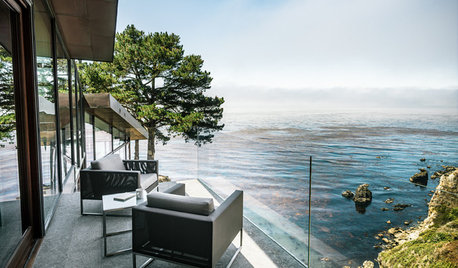
DREAM SPACESHouzz Tour: Hugging the Rocky Cliffs in Big Sur
Cascading down a rugged site and generously encased in glass, this California home takes full advantage of its ocean views
Full Story
HOUZZ TOURSHouzz Tour: Modern Treetop Living in Sydney
Encouraging connections and calm, this Australian family home among the trees is all about subtlety
Full Story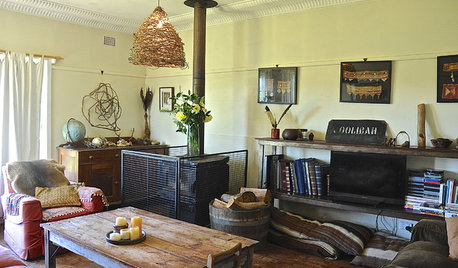
HOUZZ TOURSMy Houzz: Cozy Country Meets Bohemian Artistic in Australia
Healthy helpings of salvage and rustic art give a pastureland home free-spirited style
Full Story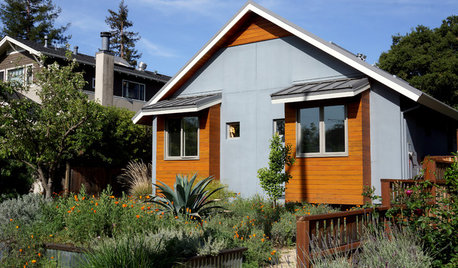
CONTEMPORARY HOMESMy Houzz: Living Simply and Thoughtfully in Northern California
Togetherness and an earth-friendly home are high priorities for a Palo Alto family
Full Story
GREEN BUILDINGLet’s Clear Up Some Confusion About Solar Panels
Different panel types do different things. If you want solar energy for your home, get the basics here first
Full StoryMore Discussions






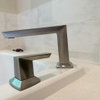
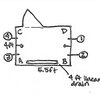
klem1
thelexOriginal Author
Related Professionals
Millbury Handyman · East Tulare County Kitchen & Bathroom Remodelers · Auburn Kitchen & Bathroom Remodelers · Avondale Kitchen & Bathroom Remodelers · Chandler Kitchen & Bathroom Remodelers · Cleveland Kitchen & Bathroom Remodelers · Deerfield Beach Kitchen & Bathroom Remodelers · Folsom Kitchen & Bathroom Remodelers · Fort Pierce Kitchen & Bathroom Remodelers · Jefferson Hills Kitchen & Bathroom Remodelers · Lincoln Kitchen & Bathroom Remodelers · Pinellas Park Kitchen & Bathroom Remodelers · Eufaula Kitchen & Bathroom Remodelers · Mountain Top Kitchen & Bathroom Remodelers · Paradise Kitchen & Bath Fixturesklem1
thelexOriginal Author
snoonyb
Elmer J Fudd
snoonyb
thelexOriginal Author
jcalhoun
thelexOriginal Author
jcalhoun
thelexOriginal Author
jcalhoun
thelexOriginal Author
User
jcalhoun